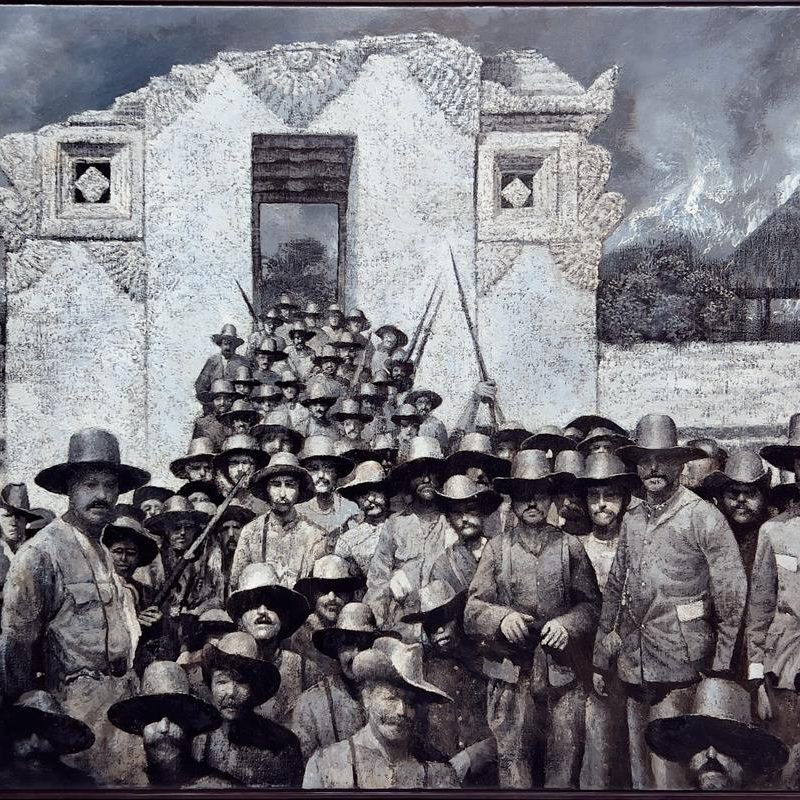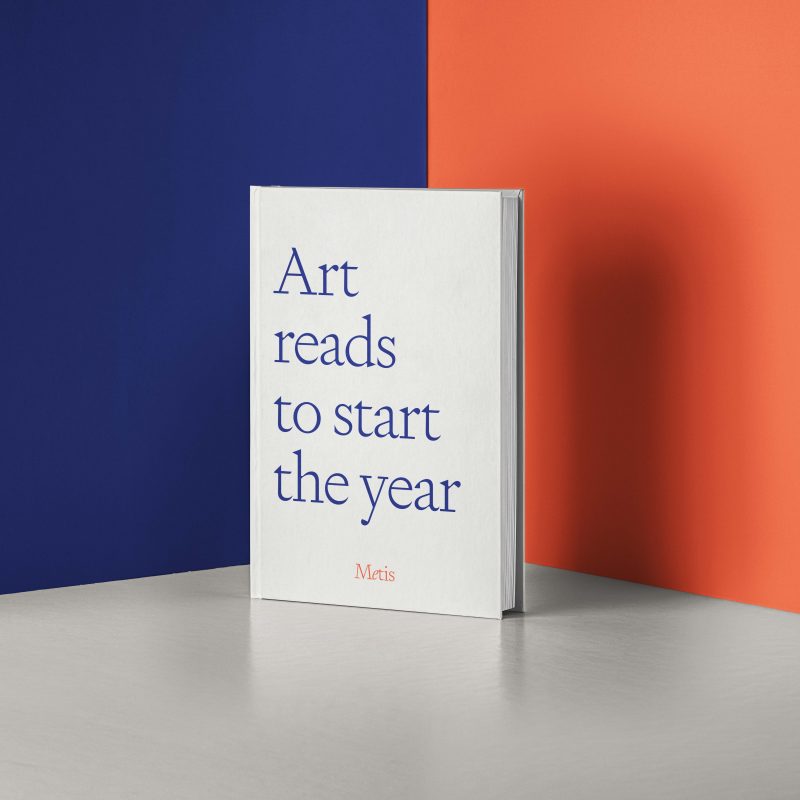Over the past decade, Hong Kong has been the capital of the East Asian market, asserting its leading position through its balanced ecosystem consisting of strong local galleries, world-class institutions, auctions, blue-chip gallery outposts, and, of course, the Art Basel Hong Kong fair. Yet there is more to discover in the region beyond the shores of the island city. Here are some leading artists from East Asia.
–
Haegue Yang
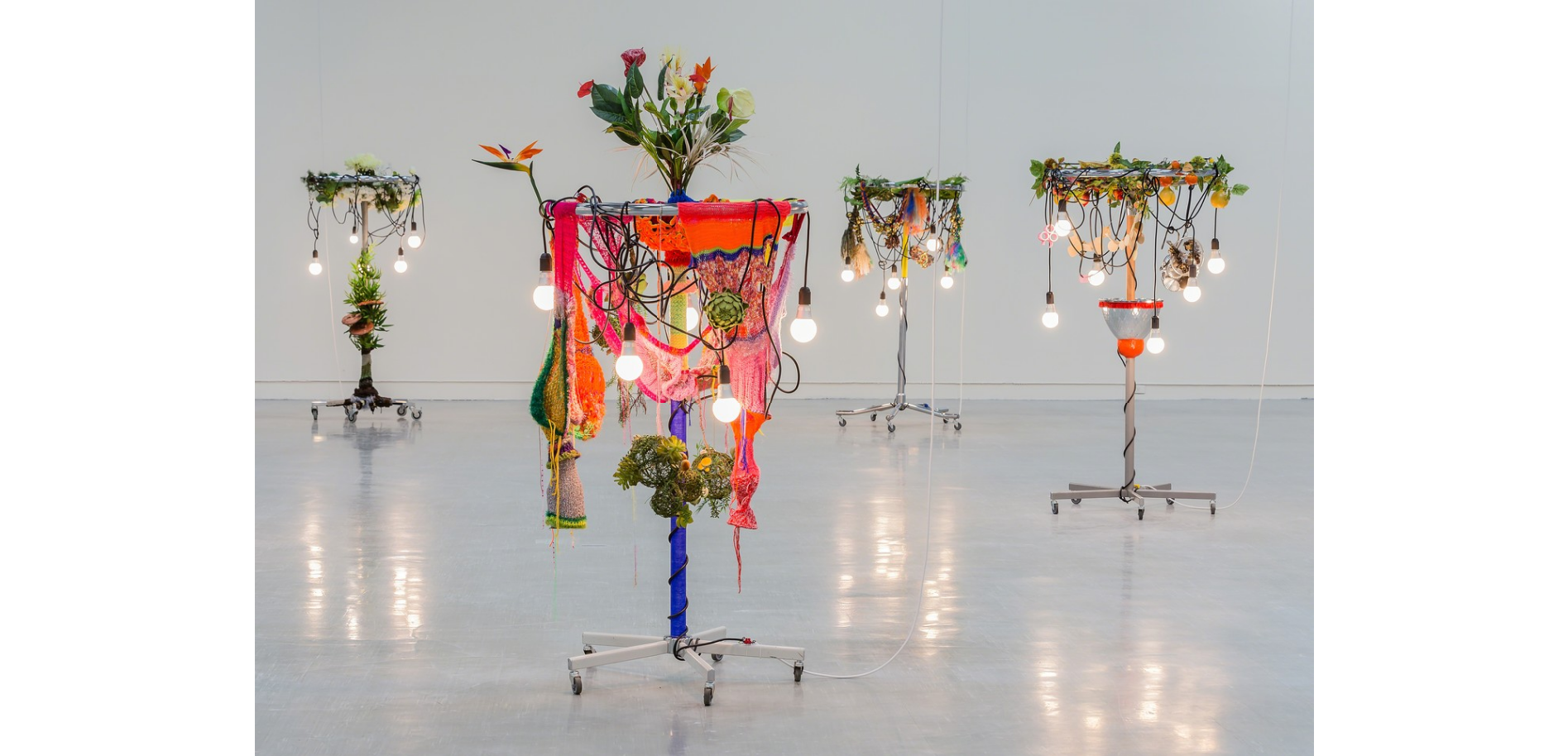
Haegue Yang, 2010, Female Natives: No. 3 Saturation out of Season, 2010, clothing rack, light bulbs, cable, artificial plants, yarn, cord, metal ring, metal chain, aluminum reflector, dimensions variable. Image courtesy Artsy.
Ritual concepts and craft-based practices feature heavily in the South Korean artist Haegue Yang’s work, culminating in the creation of transcendent worlds. The result is an immersive experience for the viewer that is both deeply-grounded and mystical. Female Natives: No 3 Saturation out of Season is crafted out of seemingly mundane materials such as clothing racks and light bulbs, yet it is a piece with undeniable presence — the play of colour, light and form all gesturing to the existence of other realms. It is this blend of craftsmanship and otherworldliness that has made Yang a favourite of critics, curators and collectors alike.
–
Kohei Nawa
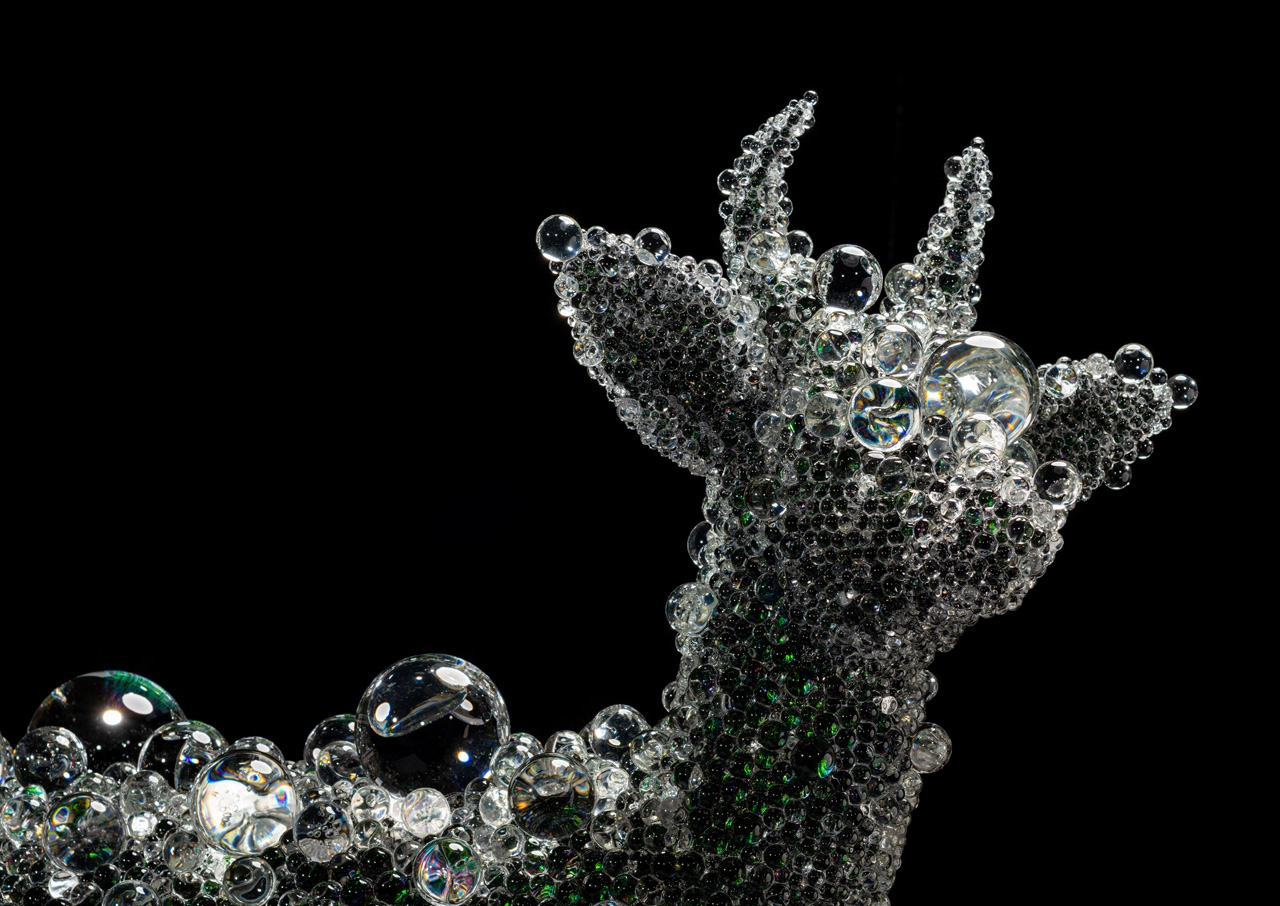
Kohei Nawa, 2020, Pixcell-Reedbuck (Aurora), mixed media, 113.1 x 114.2 x 38.cm. Image courtesy Nobutada Omote/Sandwich
The works of Japanese artist Kohei Nawa interrogate the relationships between nature and artificiality, spirituality and the digital realm — bridging these disparate worlds together in his multidisciplinary practice. He is best known for his PixCell series, in which he covers objects such as taxidermied deer with a layer of glass beads, prisms, and other delicate materials. The natural world is not so much transfigured as revealed to be ethereal, disassembling rigid perceptions of reality. Nawa is a rising star in the Japanese art market, with his work even collected by the K-pop idol T.O.P.
–
Wu Chi-Tsung

Wu Chi-Tsung, 2012, Landscape In The Mist, single channel video, 9 min 16 seconds, edition of 6 with 1 AP, WCT-3. Image courtesy the artist.
The Taipei-born artist Wu Chi-Tsung’s works range across a variety of mediums, including photography, installation and painting. His elegant aesthetics pay homage to his early training, which includes the practices of Chinese calligraphy and ink painting. Wu is a recipient of numerous awards, with his works included in renowned collections such as the Xie Zilong Photography Museum (XPM), the Post Vidai Collection, M+ Hong Kong, and the Borusan Contemporary Art Collection.
–
Ju Anqi
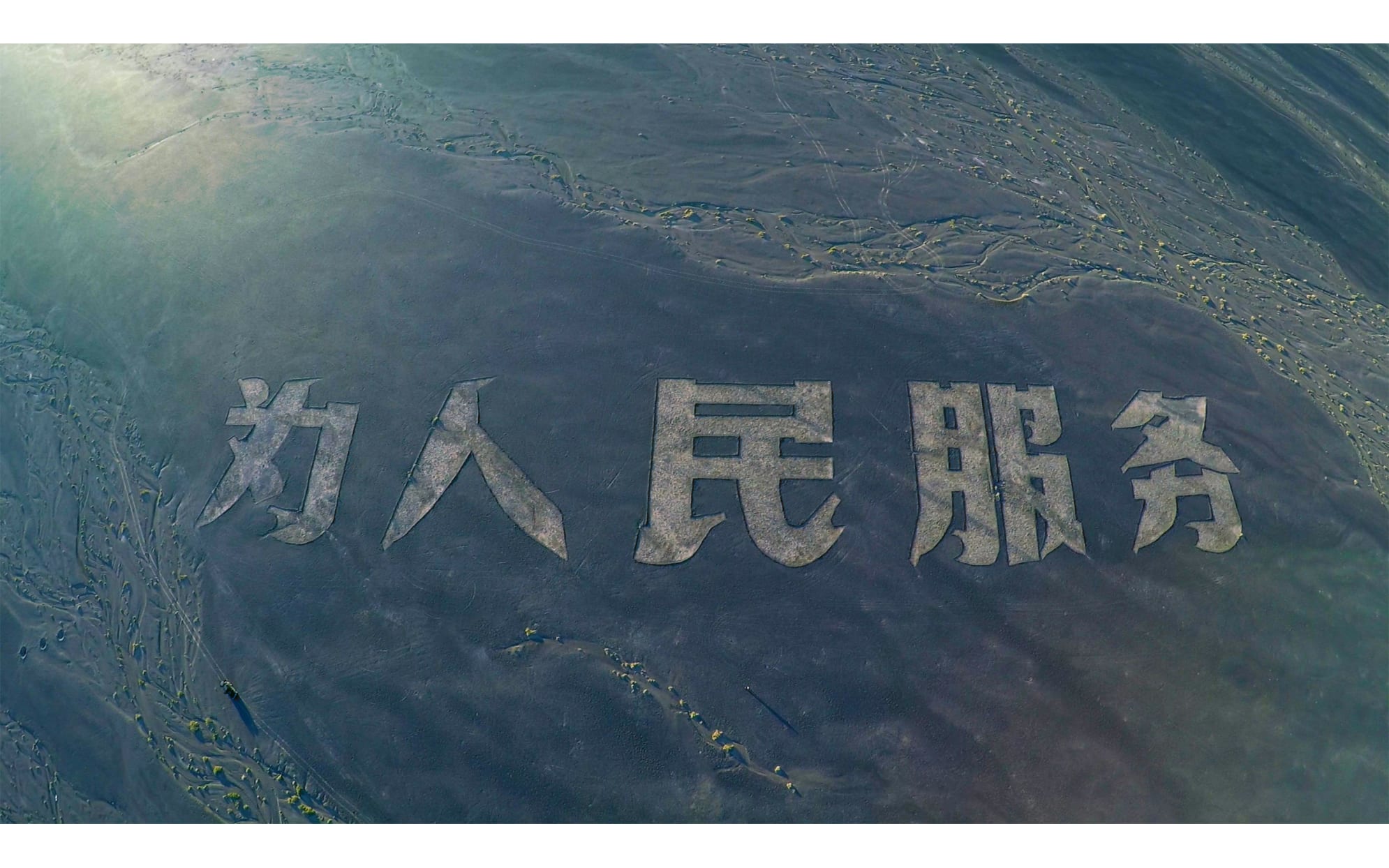
Ju Anqi, 2015, Big Characters Vol. 1, 2-channel video, 17 mins. Image courtesy the artist and Arario Gallery, Seoul, Cheonan and Shanghai.
Ju Anqi’s works take us through the tensions of the artist’s native Xinjiang. Born in Urumqi, Ju is widely-recognised as one of China’s “New Generation” of filmmakers and multi-media artists. His experimental film, Big Characters Vol. 1, displays an aerial view of a depopulated zone in Eastern Xinjiang. Huge mounds of excavated earth form slogans from the Cultural Revolution era. The slogans are not merely writ large on the soil, but gouged and crafted out of it, illustrating the long-lasting violence of psychological and historical traumas on landscape and the body.
–
Ellen Pau
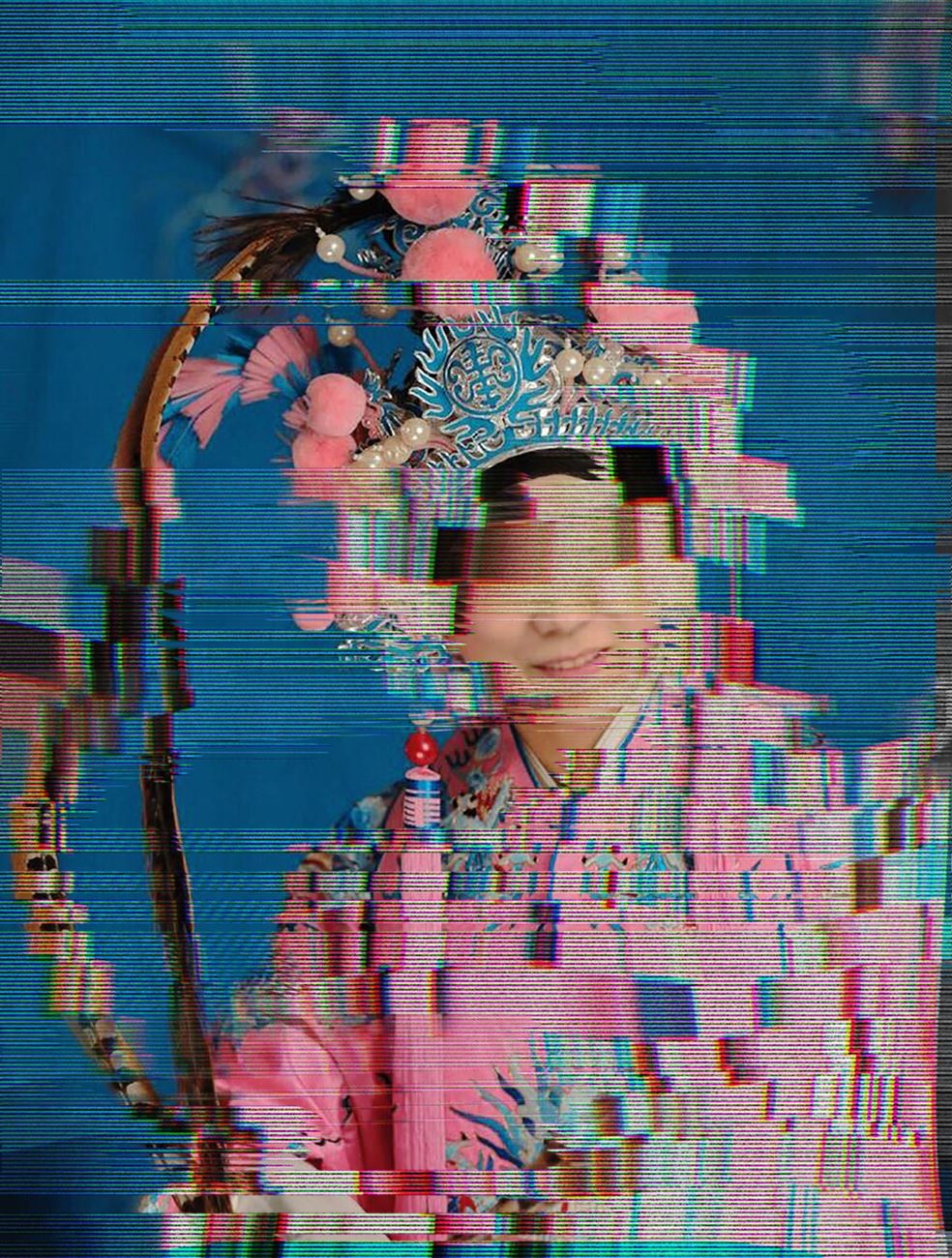
Ellen Pau, 2018, Portrait. Courtesy the artist and Para Site.
Before moving into the arts, Ellen Pau was a professional radiographer and mammographer. The confluence of technology and the body is reflected in her multidisciplinary practice and research. Pau has worked with a diversity of technological tools, such as home videos and augmented reality. She has been a pioneering force in the Hong Kong art scene, co-founding the artists’ collective Videotage in the 1980s, which aimed to support artists working with new media. Still a leading figure, she was appointed in 2014 to the acquisitions committee of M+ Hong Kong, a museum of visual culture set to open in the city this year.
–
Yukimasa Ida

Yukimasa Ida, 2020, Crystallization, oil on canvas, 290 x 640cm. Image courtesy the artist.
The main concept behind Japanese artist Yukimasa Ida’s works is ichi-go ichi-e, which translates into “a once in a lifetime moment”, a notion especially poignant in the wake of the past year and all its unpredictabilities. Ida’s paintings make use of rich, grounding textures and heavy strokes and layers. His blend of abstraction and realism reflects the mingling of memory and the now. Brought together, these elements form a tactile composite that grounds viewers in the present moment, while keeping them aware of the unending cycle of time.






